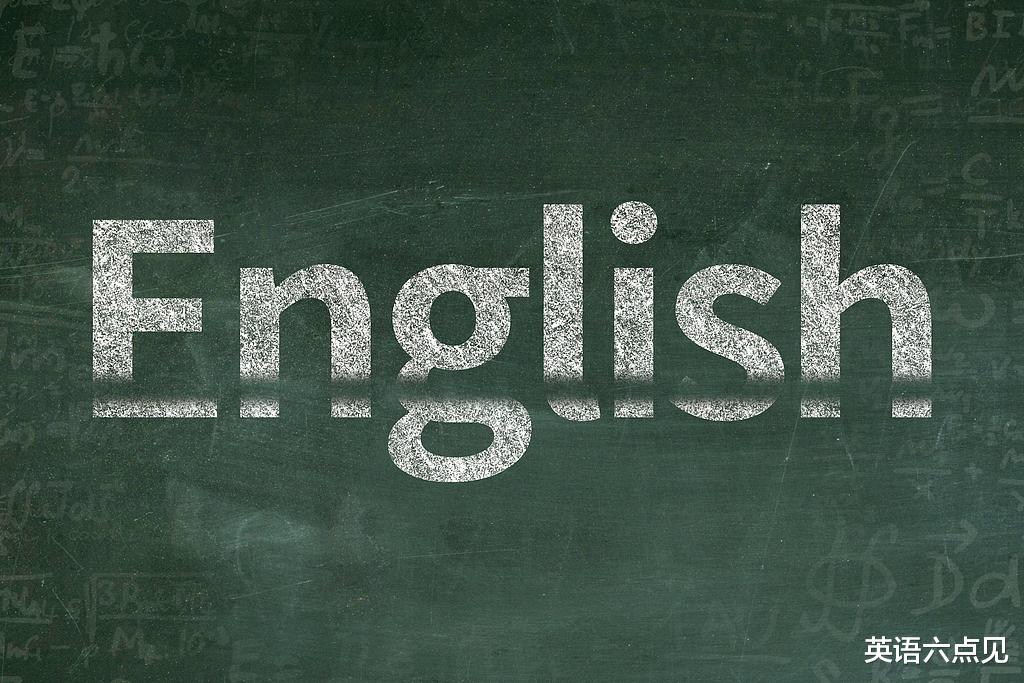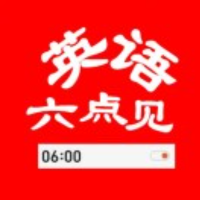在英语学习与日常交流中,表达 “倒数第二” 时,很多人会凭直觉误译为 “last second”,然而这是错误用法。其实,地道英语里有多种准确表述。了解并掌握这些正确表达,能让我们英语使用更精准,避免交流中出现理解偏差与尴尬。

the second from the bottom:最为直观,从底部数起第二个,即倒数第二。
例句:
In this column of numbers, his score is the second from the bottom.
在这列数字中,他的分数是倒数第二。
the penultimate:正式用语,常出现在书面语或正式场合。
例句:
The penultimate chapter of the book is very exciting.
这本书的倒数第二章非常精彩。
the last but one:日常使用较频繁,结构简单易记。
例句:
He was the last but one to arrive at the party.
他是倒数第二个到达派对的人。
基数词读法规则如下:
1 - 12 是独立单词,需逐个记忆,像 1 读 one,2 读 two 。
13 - 19 多由 3 - 9 加 -teen 构成,重音在 -teen ,如 13 读 thirteen ,注意 13、15、18 拼写特殊。
20 - 90 整十数多以 -ty 结尾,重音在词首,20 读 twenty ,同样 30、40 等拼写有变化。
“几十几”,先说 “几十” 加连字符再 “几” ,如 21 读 twenty - one 。100 - 999 ,先说 “几百” 用 hundred ,加 and ,再加 “几十几” ,
101 读 one hundred and one 。1000 以上,从右往左每三位加逗号,对应 thousand、million 等,按百位数读法加单位后正常读,如 1,234 读 one thousand two hundred and thirty - four 。
序数词的读法
序数词用于表示顺序,其读法有特定规则。
1 - 3 的序数词是特殊形式,需单独记忆,“第一” 读 first [fɜːst],“第二” 读 second [ˈsekənd],“第三” 读 third [θɜːd] 。
4 - 19 的序数词,通常在基数词后加 -th ,但部分拼写有变化,
如 “第五” fifth [fɪfθ] ,“第八” eighth [eɪtθ] ,“第九” ninth [naɪnθ] ,“第十二” twelfth [twelfθ] ,都读 [θ] 音。整十的序数词,把基数词词尾的 y 变为 ie,再加 -th ,如 “第二十” twentieth [ˈtwentiəθ] ,重音在第一个音节。
几十几的序数词,只将个位变为序数词,如 “第二十一” twenty - first [ˈtwenti ˈfəːst]
小数的读法
小数读法规则明确。小数点 “.” 读 “point” ,小数点前按整数读法读,若为 0,可读 “zero” 或 “o” 。
小数点后数字逐个读出。如 “0.5” 读 “zero point five” ;“3.14” 读 “three point one four” ;整数部分非零且多位时,按整数读法,像 “25.67” 读 “twenty - five point six seven” 。
